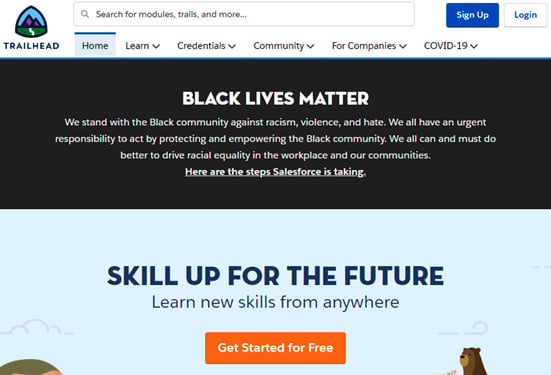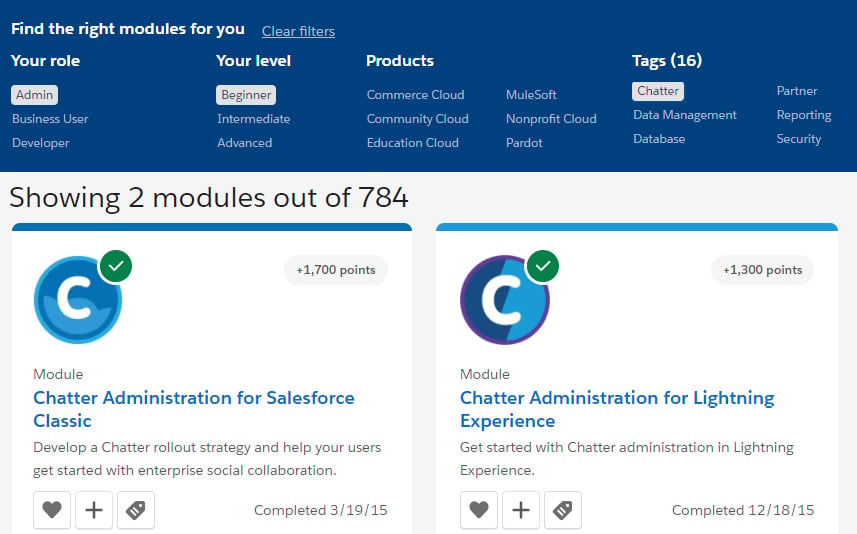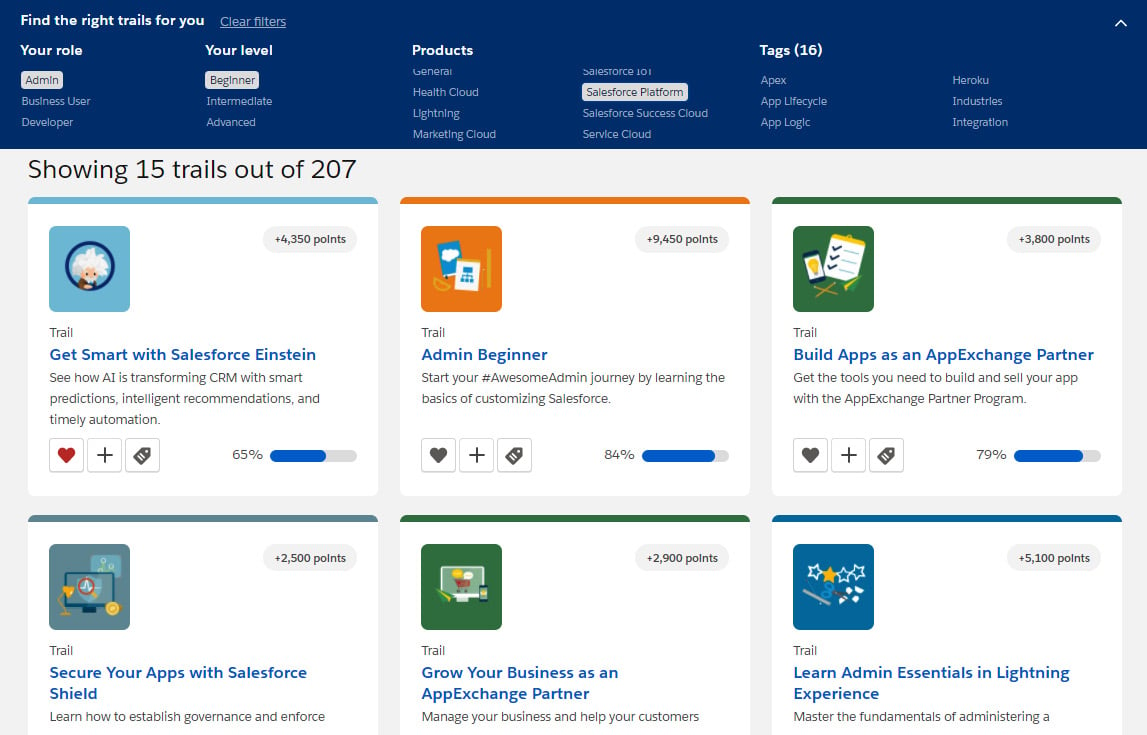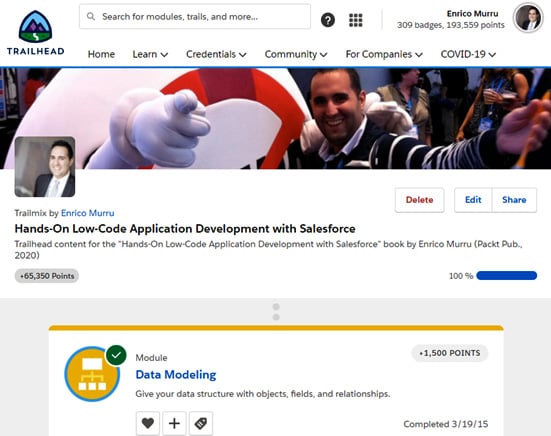Empowering learning with Trailhead
One of the coolest things that made me fall in love with the Salesforce world in my early days as a Salesforce developer was the absolutely publicly accessible documentation, whether you are a platform administrator, user, or developer. I tried to learn other cloud CRM technologies at that time, but had no luck with getting training environments or free learning resources – you had to become a partner, pay the fee, and get the documents.
This is an awful approach, and I believe it is one of the main reasons why I learned the technology so fast that I become one of the key Salesforce experts in my company, despite still being a junior developer.
I remember the passion and curiosity I had when I was practically eating the Apex and Visualforce Developer Guides, and how many questions I made to my senior colleagues – it all seemed so easy; if I had a question, I would simply ask them or search Google, and I was pretty sure someone would have had the same issue.
I believe that the free-to-learn model provided the foundation for the vital and vibrant Salesforce technical community, which led, in 2014, to the presentation of the Trailhead service, meant to let anyone learn the Salesforce platform with ease and fun through gamification.
The portal can be accessed by anyone for free; simply jump to https://trailhead.salesforce.com and register with your Google, LinkedIn, or Salesforce account (you can use all of them together, actually). You'll be met with a Trailhead home page similar to the one shown in the following screenshot:

Figure 1.2 – Trailhead home page
Once registered, you are free to browse among hundreds of quick modules to learn about Salesforce products usage, administration, design, and customization from https://trailhead.salesforce.com/modules. The following screenshot shows the modules searching page:

Figure 1.3 – Trailhead modules filter options
You can filter modules based on your roles, experience level, or products. In the following example, we'll filter to show just administrator beginner-level modules on the Chatter product:

Figure 1.4 – Active modules filtering
Each module is characterized by a completion time of no more than 60 minutes (learning is fun when it is quick!) divided into small units of 10–20 minutes each so that you can learn in your free time between business meetings or working tasks; innovation should be at the core of any technical job, making learning easy and fast, so you can at least remain updated on the latest trends of the platform.
Each unit is composed of a subject-related explanation, which is the core of the learning part, and a final quiz to test your new skills (with a multiple-choice question or a hands-on exercise). By passing each unit, you can get between 25 to 500 points (depending on the question type and the number of failures), and when all the units are completed, you'll get a badge for the corresponding module (that is gamification done right!).
If you want more structured learning, you can choose Trailhead trails at https://trailhead.salesforce.com/trails, which are a coherent set of modules related by the same subject. For example, if we choose the Admin Beginner trails for Salesforce Platform, we'll get a bunch of trails, as shown in the following screenshot:

Figure 1.5 – Trailhead trails filtering
Here, as we said, each trail is focused on a specific subject.
Recently, Trailhead has also been used to start your certification process for certain certifications (you need to complete some peculiar modules called Super Badges to pass a certification, such as for Platform Developer II) and to execute certification maintenance (at each release, once a year, maintenance modules are released, and by passing them, your certification is validated for another year until the next platform release).
Trailhead users can create their own Trailmixes, as shown in the following screenshot, just like the one I've built for this book, available at https://trailhead.salesforce.com/users/enreeco/trailmixes/hands-on-salesforce-application-development-without-code:

Figure 1.6 – Trailhead's Trailmix for this book
This Trailmix contains all the referenced Trailhead modules and trails that are included at the end of almost every chapter of this book in the Blaze your trail sections.
Before getting our hands dirty with Salesforce CRM low-code customization, let's see how to create a new Developer org, which you'll use to follow this book's examples.












































































